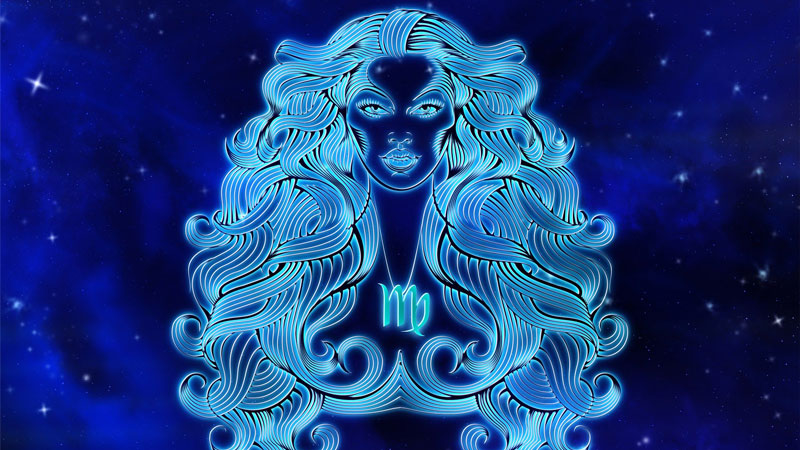Aromatherapy Star Sign – Virgo (24 August – 23 September)
Ruler: Mercury
Colour: Yellow
Element: Earth
Season: Autumn
Aromatics: Sweet Marjoram, Thyme and Lavender
Sweet Marjoram (Origanum majorana)
Marjoram, coming from the Greek words meaning, “Joy of the Mountains,” is a warm comforting oil with an affinity for the joints and muscles as well as the respiratory system. It has a soothing effect on the mind and body and is beneficial for nervous anxiety, fear, panic attacks, low self esteem, night waking and restlessness. It is also used to ease back ache, knee and hip pain, constipation, nausea and frequent colds and is often used before bed. Avoid in pregnancy.
Thyme (Thymus vulgaris)
Thyme was first used by Hippocrates and has been used in most cultures since. This warm, comforting and spicy oil is believed to stimulate and strengthen the mind during times of adversity. It as an affinity with the digestive system and is often used in aromatherapy blends for the joints and muscles, helping to ease sports strains and stiffness, arthritis and rheumatism and promote joint mobility in hands and feet. It is also beneficial to those suffering from irritable bowel and indigestion. Avoid in pregnancy.
Lavender (Lavandula angustifolia)
Lavender essential oil is distilled from the flowers and leaves of the herb and is a very well known, widely used and inexpensive essential oil which is an effective anti-depressant. It is a good “balancer” so it is useful in helping people to recover from mood swings, is a well known treatment for insomnia and is equally good for relieving tension headaches. It has a restorative, tonic effect which makes it useful for treating individuals with debilitating fatigue or lethargy and it is an effective pain killer and anti-spasmodic so it is valuable in treating tension related “aches & pains” of a muscular nature. The name derives from the Roman Lavare which means “to cleanse”. It refers to the Roman custom of scenting baths with the leaves and flowers of the plant. Matthiole the Sixth Century Botanist regarded lavender flowers as most effective against conditions of melancholy. Lavender was popular in the monastic medicinal gardens of the thirteenth and fourteenth centuries and even earlier than that, in the twelfth century, Abbotess Hildegarde dedicated a whole chapter in her herbal to the medicinal uses of lavender. Lavender has been used since pagan times to purify the air and the mind. This is linked to another of its pagan uses which was to drive out wicked spirits and, later on, witches. Gerard in his Sixteenth Century Herbal said that the flowers helped to cure “lovesickness” and keep one chaste. However in the seventeenth century, prostitutes would wear a sprig of Lavender to advertise their trade. The Victorians thought that it was an excellent headache cure and would often wear a sprig under their hats.





